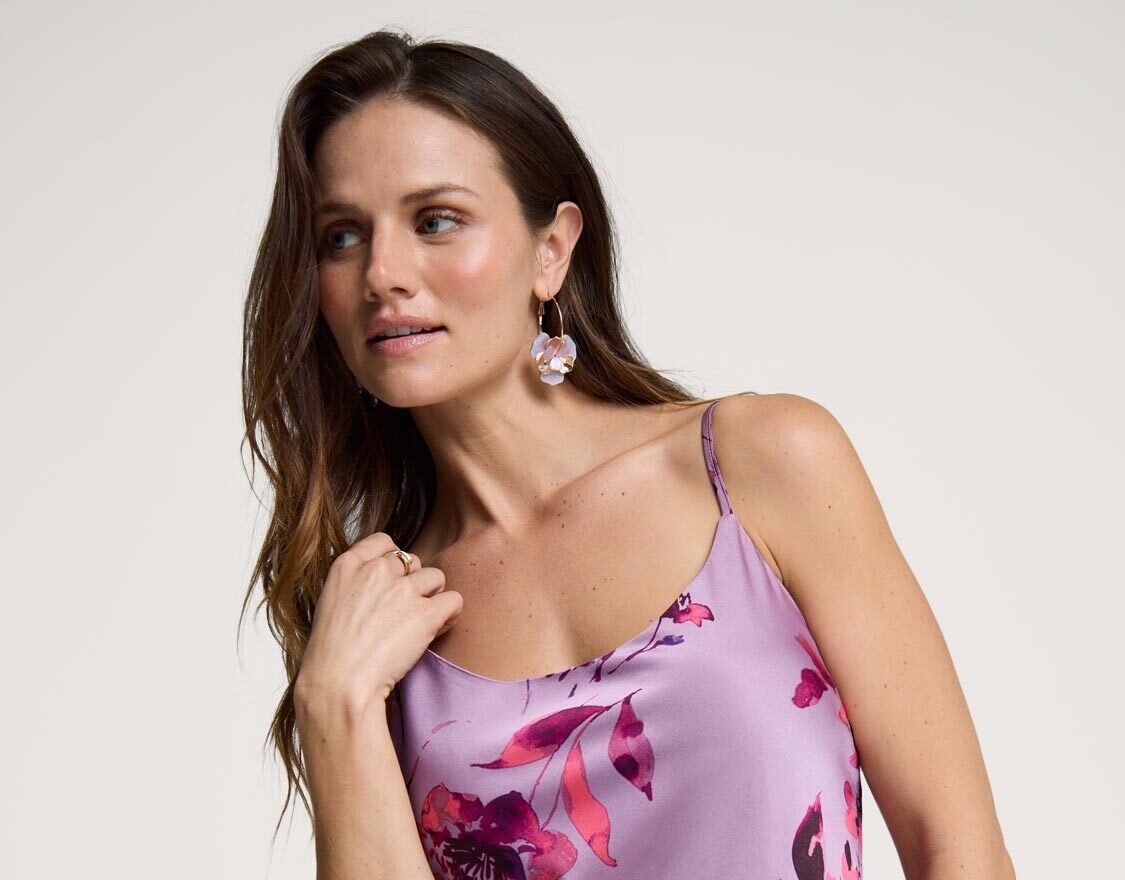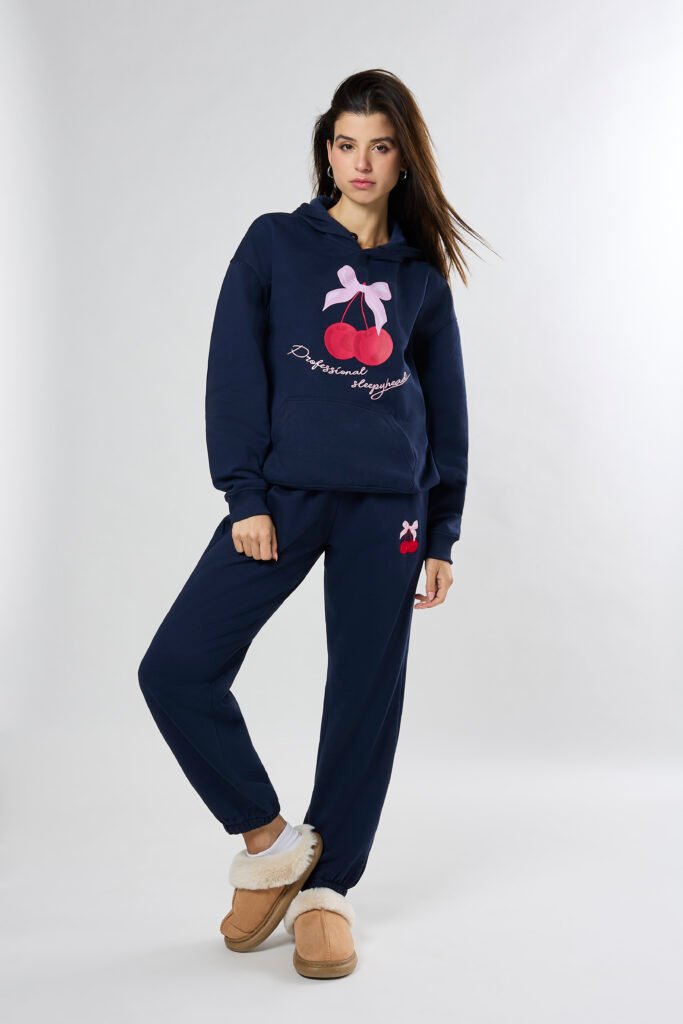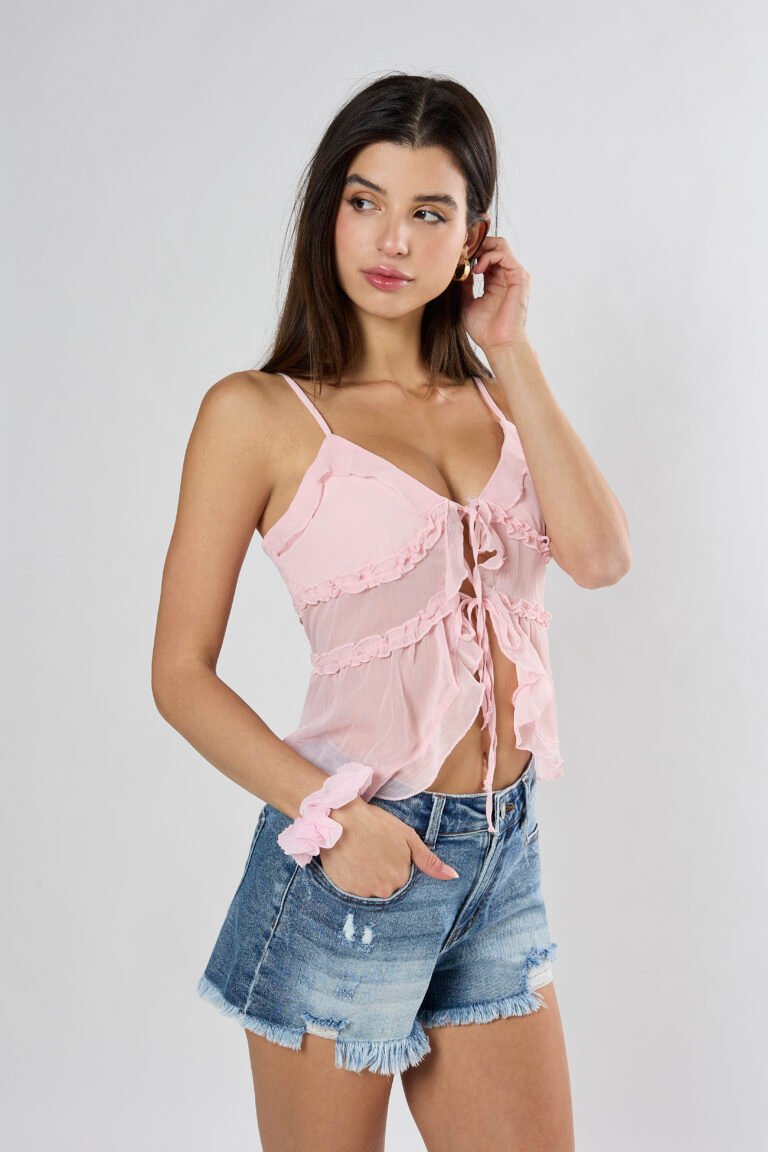
The Importance of Texture Clarity in High-Fashion Product Shots
In high fashion, every detail matters—from the stitching on a silk blouse to the grain of a leather handbag. When shoppers browse online, they don’t have the luxury of touching or trying the product. Their entire decision-making process depends on the visuals presented to them, and that’s where texture clarity plays a powerful role.
For luxury and premium fashion brands, texture is not just a component of design—it’s a mark of quality, craftsmanship, and value. Failing to capture and showcase those textures accurately in product shots can lead to lower conversions, higher returns, and a diluted brand perception.
At MubyTech, we understand the visual language of luxury. Here’s why texture clarity is the cornerstone of high-fashion e-commerce success—and how we help brands deliver it.
Why Texture Clarity Matters in Fashion Photography
1. Bridges the Gap Between Virtual and Physical
Online shoppers can’t feel the softness of cashmere or the crispness of organza—but high-resolution images with rich texture clarity can help them imagine it. This sensory bridge improves the emotional connection between product and customer.
2. Builds Trust and Reduces Returns
Shoppers expect what they see online to match what arrives at their door. When the texture is edited too heavily or is not visible enough, the product can appear misleading. Texture-rich imagery ensures authenticity, builds trust, and leads to fewer returns.
3. Enhances Perceived Value
In the world of high fashion, perception is everything. When textures like suede, velvet, tweed, or satin are clearly visible and crisp, they signal luxury and attention to detail—which increases a product’s perceived value.
Common Texture Loss Issues in E-Commerce Imagery
Over-smoothing in retouching
Excessive skin or fabric softening can flatten the image, removing natural depth and richness.Incorrect lighting or shadows
Poor lighting setup may wash out or obscure surface textures.Low-resolution capture or compression
Resizing, compressing, or uploading poorly optimized images can destroy fine fabric details.Inconsistent color grading
Incorrect tones can mask or blur texture contrast, especially in materials like denim, lace, or metallics.

Techniques to Preserve and Enhance Texture Clarity
At MubyTech, we prioritize texture-focused editing in all high-fashion product photography projects. Here’s how we do it:
1. High-Resolution Raw Image Handling
We always begin with raw, uncompressed files to maintain the integrity of every pixel before editing begins.
2. Controlled Retouching
We use frequency separation techniques to smooth blemishes while preserving the natural texture of the fabric or material. No unnecessary airbrushing—just authentic clarity.
3. Smart Dodge & Burn
To enhance the depth and dimensionality of textures like pleats, embroidery, and grain, we use dodging and burning methods manually—never automated filters.
4. Precision Sharpening
We apply localized sharpening only on fabric textures, avoiding skin or background areas. This ensures selective focus on product details.
5. Color Correction Without Texture Loss
Color adjustments are carefully made to preserve contrast, which helps texture stand out. A dull or oversaturated image will hide real fabric qualities.
Use Cases: Where Texture Really Matters
Leather goods (bags, shoes, belts) – Grain, shine, and stiffness must come through to justify premium pricing.
Luxury outerwear (wool, cashmere, faux fur) – Buyers need to “feel” the warmth through the screen.
Lingerie and lace – Fine details, transparency, and stitching require exceptional clarity.
Tailored suits and formalwear – Structure and fit are visible through fabric tension and weave.
Jewelry with fabric display – Jewelry often sits on textured cloth; clarity ensures both products look premium.

Final Thoughts
In luxury e-commerce, your product images must speak volumes—without a single word. Texture clarity is what elevates a simple product shot into a compelling brand experience. It’s what allows your customers to imagine themselves wearing your garments, feeling your fabrics, and trusting in your quality.
MubyTech is here to help you bring those textures to life. Our expert photo editors and retouching artists specialize in high-end fashion visuals, ensuring your products don’t just look good—they feel real.
By MubyTech
Global Image Editing Partner
Global Image Editing Partner